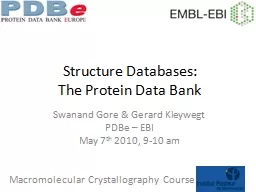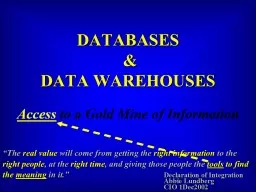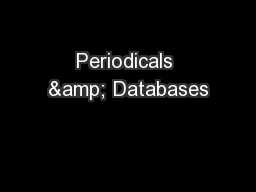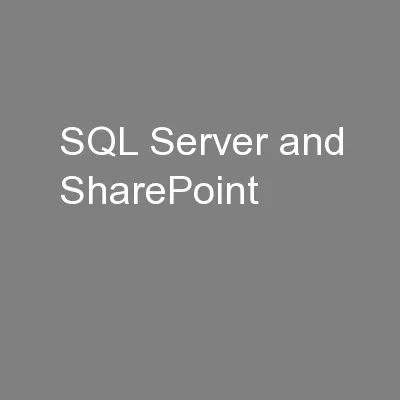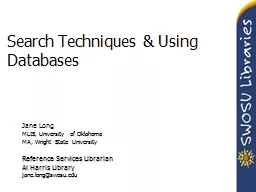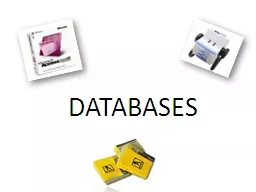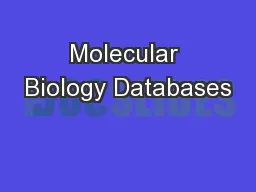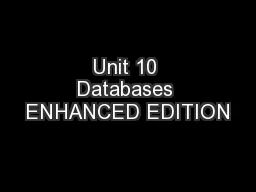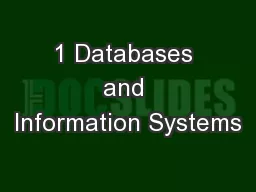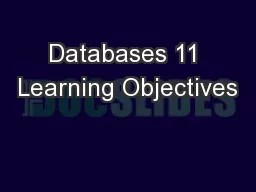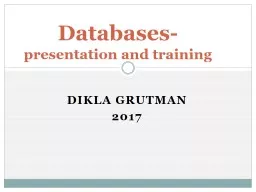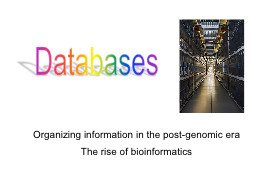PPT-Structure Databases:
Author : liane-varnes | Published Date : 2017-05-26
The Protein Data Bank Swanand Gore amp Gerard Kleywegt PDBe EBI May 7 th 2010 910 am Macromolecular Crystallography Course Outline Structural Biology and Bioinformatics
Presentation Embed Code
Download Presentation
Download Presentation The PPT/PDF document "Structure Databases:" is the property of its rightful owner. Permission is granted to download and print the materials on this website for personal, non-commercial use only, and to display it on your personal computer provided you do not modify the materials and that you retain all copyright notices contained in the materials. By downloading content from our website, you accept the terms of this agreement.
Structure Databases:: Transcript
Download Rules Of Document
"Structure Databases:"The content belongs to its owner. You may download and print it for personal use, without modification, and keep all copyright notices. By downloading, you agree to these terms.
Related Documents

